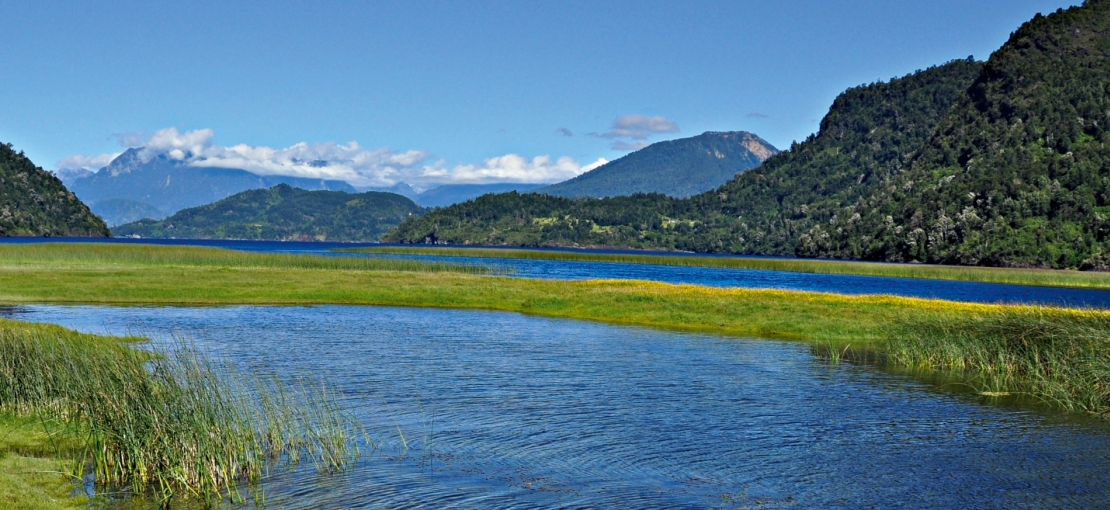
bluesign®: the strictest standard worldwide
"Clean" materials manufactured with resource-efficiency
Since 2001, VAUDE has been working with "bluesign® technologies AG". The bluesign® standard is the world's most stringent environmental standard for textile products. It can be compared to an ecological purity law: only materials that pose no potential harm to humans or the environment are used.
The aim of bluesign® is maximum resource productivity. bluesign® checks, optimizes and monitors the use of energy, water, raw materials and chemicals throughout the supply chain, as well as supervise emission rates and wastewater, and the handling of hazardous substances in the workplace.
Harmful substance limits lower than those required by law
With "Input Stream Management" bluesign® ensures that only "clean" components are used as resource efficiently as possible. This results in clean, safe and environmentally friendly products.
bluesign® guarantees that no "substances of very high concern" (SVHC) according to REACH regulation (Registration, Evaluation, Authorization and Restriction of Chemicals) are contained in the products. In general, limit values for harmful substances in the bluesign® standard are lower than the legal limits and also lower than those of other textile standards.
VAUDE Tettnang-Obereisenbach and our major supplier VAUDE Vietnam are bluesign® audited and ISO14001 certified.
Complete production process is taken into consideration
“bluesign® Technologies” has developed an approach which addresses the problem at its roots. Instead of looking only at the end product and analyzing it, bluesign® is concerned with the entire production process of each individual product component.
Color system for easy orientation
| GRI: | DMA Materials |
All input and output streams are examined. Only materials that meet the strict bluesign® criteria find their way into the production cycle. This guarantees that the final product is free from harmful substances. bluesign® monitors input stream quality by assigning substances to one of three color categories:
- Blue, indicating that all components and processes are safe and can be used in production.
- Grey, indicating that the components and processes are not optimal, but currently meet the BAT principle.
- Black, identifying components and processes that may not be included in the production process because they are either unhealthy or involve environmentally incompatible components or materials.
Over 800 critical substances on the radar
bluesign® limits help protect the environment and conserve resources. Very positive, verifiable results have been achieved in reducing air emission, water use and resource consumption. Within the bluesign® standard, over 800 limited or banned substances are monitored.
Two levels
- “bluesign® approved fabric”: at least 90 percent of the textile in the product must be bluesign® certified – especially inner and outer materials, and all prints. The remaining ten percent may not have direct contact with the skin and must comply with the criteria and limits of the bluesign® “Restricted Substance List” (RSL)
- “bluesign® product“: at least 95 percent of the textile in the product must be bluesign® certified – especially inner and outer materials, and all prints. In addition, at least 30 percent of other clothing parts must be bluesign® certified (such as zips, buttons, embroidery). All other components may not come into direct contact with the skin and must comply with the criteria and limits of the bluesign® RSL.




